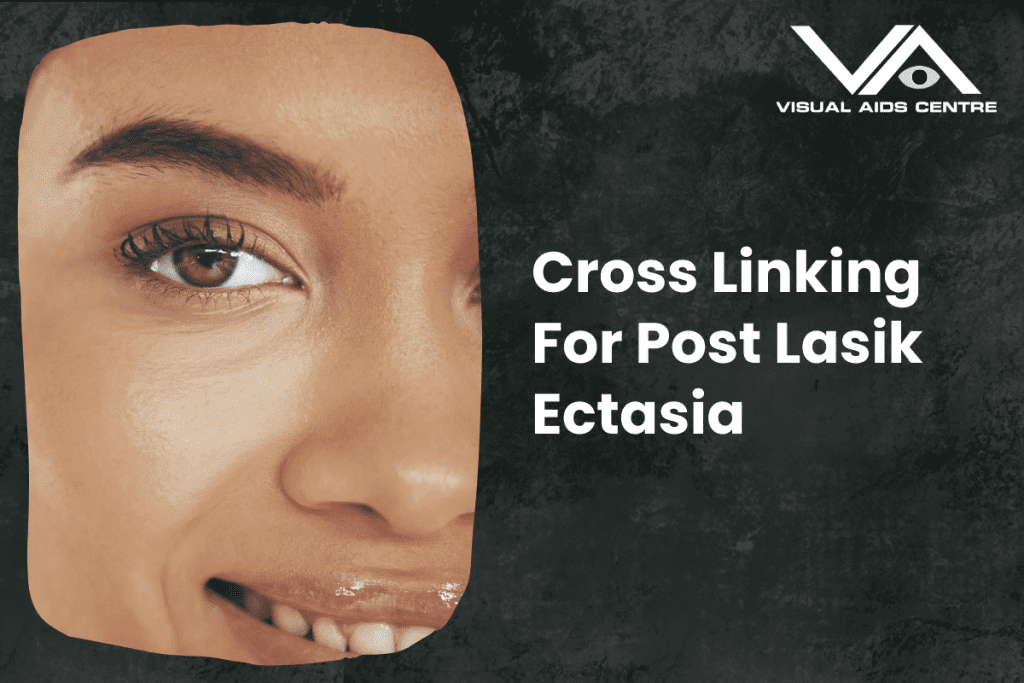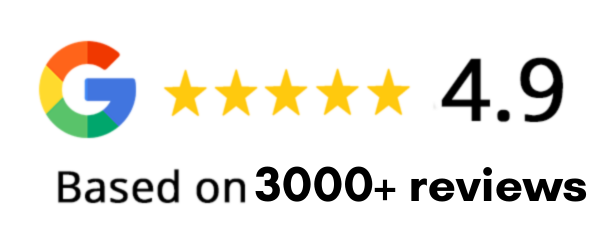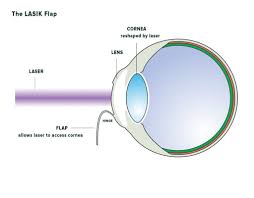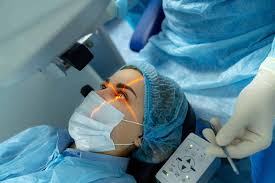Table of Contents
ToggleCross-linking is an effective, minimally invasive treatment designed to strengthen the cornea and halt the progression of post-LASIK ectasia.
This procedure restores structural stability and helps preserve vision, offering hope to patients facing this sight-threatening condition.

Understanding Post-LASIK Ectasia
Post-LASIK ectasia is a rare but serious complication following LASIK surgery, where the cornea weakens and begins to bulge irregularly. It can lead to reduced vision quality, increasing myopia, and astigmatism. While LASIK reshapes the cornea to correct refractive errors, some patients can experience biomechanical instability due to the removal of corneal tissue.
Corneal ectasia often resembles keratoconus, a progressive thinning disorder, but occurs as a side effect of LASIK. Early symptoms include fluctuating vision, light sensitivity, and halos. Advanced stages might show signs warranting specialised intervention, such as cross-linking.
Why Cross-Linking is Vital for Post-LASIK Ectasia?
Cross-linking stands out as a game-changer in managing ectasia, as it takes a proactive approach to strengthening the cornea. Unlike other treatments, which address the symptoms, collagen cross-linking modifies the underlying corneal structure, aiming to stabilise its shape and curb disease progression.
The Science Behind Cross-Linking
The procedure relies on the combination of riboflavin (vitamin B2) eye drops and controlled exposure to ultraviolet (UV) light. This interaction creates new collagen bonds within the cornea, much like reinforcing a crumbling bridge with steel cables. These bonds enhance corneal stiffness and durability, effectively halting bulging and thinning.
The use of UV light might raise concerns, but the process is carefully calibrated to ensure safety. The corneal layers absorb UV light only to the extent needed to activate the riboflavin, sparing other parts of the eye.
How Cross-Linking is Performed?
Cross-linking is typically an outpatient procedure performed by an ophthalmologist or corneal specialist. Here’s what to expect during the treatment process:
1. Anaesthetic Application
Your doctor begins with local anaesthetic eye drops to numb the eye and ensure your comfort throughout the procedure.
2. Preparation of the Cornea
The epithelium, or the outermost layer of the cornea, may be removed in a variant of the procedure known as “epithelium-off cross-linking.” This step allows riboflavin solution to penetrate the cornea more effectively.
3. Riboflavin Application
Riboflavin eye drops are applied and left for approximately 30 minutes, saturating the corneal tissues to enhance their interaction with UV light.
4. Controlled UV Light
The next step involves exposing the cornea to UV light for 10-30 minutes, depending on individual requirements. The UV light activates the riboflavin, facilitating the formation of new collagen cross-links.
5. Post-Procedure Recovery
A bandage contact lens is placed on the eye to protect it and aid healing. You may experience mild discomfort in the days following the procedure, but this usually resolves quickly.
Benefits of Cross-Linking for Post-LASIK Ectasia
Cross-linking has emerged as a preferred treatment for ectasia due to its numerous benefits. These include:
- Stopping Disease Progression
Cross-linking effectively halts the worsening of corneal ectasia, preserving the remaining vision. This is critical for maintaining quality of life and avoiding further complications.
- Improved Corneal Stability
The strengthened corneal structure resists deformation, reducing irregularities that cause visual distortion.
- Non-Invasive Treatment
Compared to options like corneal transplants, cross-linking is minimally invasive, requiring no stitches or incisions.
- Compatibility with Other Treatments
Cross-linking can be combined with treatments like speciality contact lenses to optimise vision or even used as a precursor to additional vision correction measures.
- Long-Term Results
The procedure delivers durable results, providing patients with lasting relief and stability.
Recovery and Aftercare
Recovery following cross-linking is generally smooth, with minor discomfort like eye irritation or light sensitivity lasting a few days. Here’s what you can do to ease the recovery process and promote healing:
Use Prescribed Medications
Your doctor may provide antibiotic and anti-inflammatory eye drops to prevent infection and reduce swelling. Make sure to follow the prescribed regimen for the best results.
Protect Your Eyes
Avoid rubbing your eyes during the healing process. Sunglasses can help minimise sensitivity to bright light.
Regular Follow-Ups
Scheduled follow-ups with your ophthalmologist are essential for monitoring the effectiveness of the treatment and ensuring proper healing.
Manage Realistic Expectations
While cross-linking halts the progression of ectasia, it doesn’t necessarily reverse the damage. Discuss realistic outcomes with your doctor to understand potential improvements.
Who is Eligible for Cross-Linking?
Not all patients with post-LASIK ectasia are immediate candidates for cross-linking. Eligibility depends on various factors, which your doctor will assess during a thorough evaluation.
- Corneal Thickness
The procedure requires a minimum corneal thickness to ensure safety during UV light exposure.
- Stage of Ectasia
Cross-linking is most effective when applied in the early-to-moderate stages of ectasia. Advanced cases might require alternative treatments like corneal implants or transplants.
- General Eye Health
Any pre-existing eye infections or conditions will need to be managed before undergoing cross-linking.
Risks and Limitations
Although cross-linking is generally safe, it’s important to be aware of its potential risks, including temporary discomfort, irritation, or mild haze in the cornea. Rarely, complications such as infections or difficulty in visual recovery may occur. Discuss these risks with your doctor to weigh the benefits against them for your specific case.
Cross-Linking vs Other Treatments for Ectasia
Cross-linking is often the go-to recommendation due to its ability to address the root cause of ectasia, i.e., corneal instability. However, alternative treatments may include:
- Specialty Contact Lenses
Rigid gas-permeable or scleral lenses improve vision by providing a smooth refractive surface, though they don’t address the structural problem.
- Corneal Implants (INTACS)
Small plastic rings inserted into the cornea can flatten it and reduce irregularities, working well as a supplementary measure post-cross-linking.
- Corneal Transplant
Reserved as a last resort for severe cases, transplants replace the damaged cornea with donor tissue.
Cross-linking remains the least invasive and most proactive option, making it the first-line treatment for many patients.
The Future of Cross-Linking for Post-LASIK Ectasia
Innovations like customised cross-linking protocols and improved UV light delivery systems continue to enhance patient outcomes. These advances promise more personalised treatments, shorter recovery times, and broader applications for corneal issues.
Take Action to Protect Your Vision
Living with post-LASIK ectasia doesn’t need to be a daunting experience. Cross-linking offers a safe, effective solution for stabilising your vision and preventing further deterioration.
If you or a loved one are experiencing symptoms of post-LASIK ectasia, consult an experienced ophthalmologist to discuss the potential benefits of cross-linking for your condition. Early intervention can make a world of difference in preserving your eye health and visual clarity.













